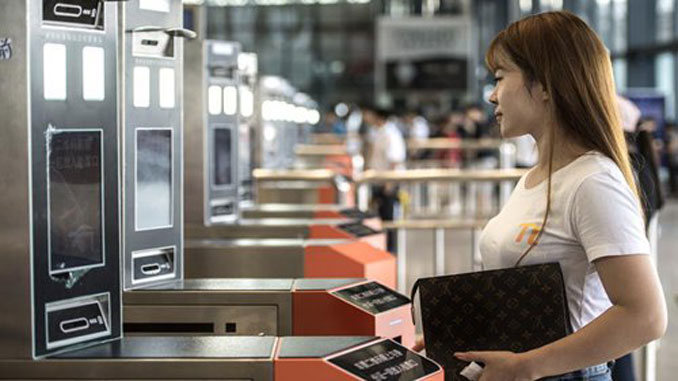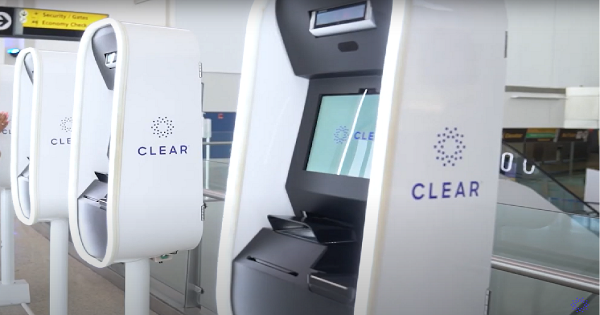Passengers travelling on China’s High-Speed Railway now use biometrics at Wuhan train station to board trains.
The station, in Central China’s Hubei Province, has installed 32 machines equipped with facial recognition systems to check tickets and passengers’ identities, leaving just 10 staffed ticket checks at the station.
It’s not clear how the process works but it is likely to be similar to that introduced by China Southern Airlines in June.
In that case, passengers download the airlines’ app and upload a head shot before going to the airport to check-in. The system verifies images on the app with passengers’ ID photos and their real-time images at the airport.
Wuhan Railway Station
Completed in December 2009, the station has 11 platforms and 20 tracks. It serves the Beijing–Guangzhou High-Speed Railway, the Shanghai–Wuhan–Chengdu High-Speed Railway, and Zhengzhou/Jiujiang-bound passenger trains.
The number of “conventional” (not high-speed) trains using Wuhan Station is small; most of those go to the older Hankou or Wuchang stations instead.
Biometrics at Chinese Airports
In June 2017, China Southern Airlines became the country’s first carrier to use facial recognition.
The airline started using facial recognition instead of a boarding pass at Jiangying Airport in Nanyang City, Henan Province.
Passengers download the airlines’ app and upload a head shot before going to the airport to check-in.
At check-in they don’t need to get a boarding pass as their live facial biometric is captured and checked with that in their passport photos. Also at the boarding gates, the system again confirms their identity.
The system verifies images on the app with passengers’ ID photos and their real-time images at the airport.
Facial recognition in China
Facial recognition technology is now widely used in different sectors in China and the country has developed an edge in the industry, partly thanks to government support.
Many Chinese entrepreneurs with working experience overseas have returned to China to develop facial recognition technology.

N.B. Image credit: news.xinhuanet.com







